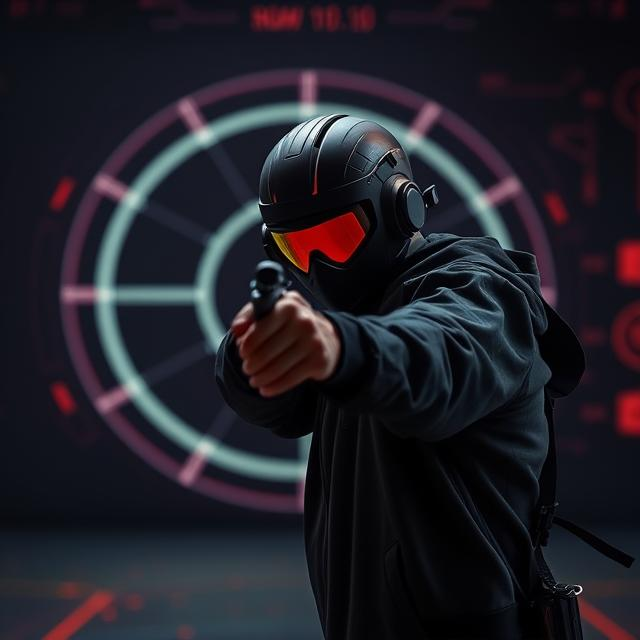Whether you’re playing CS2, Valorant, Apex Legends, or Call of Duty, the difference between a clutch play and a whiffed shot often comes down to aiming and reaction time. The good news? These are skills you can train.
Reaction Time: How Fast Is Fast Enough?
The average human reacts in about 250 ms. Pros often shave that down to 150–180 ms. Games measure this constantly — think flick shots or peeking an angle. But faster isn’t always better — it’s about consistency.
How to Train Aim Effectively
- Aim Trainers like Kovaak’s, Aim Lab, or Aimtastic
- In-game practice — go into custom maps, deathmatch servers, or range modes
- Focus on flicks, tracking, and target switching
Sensitivity and Gear Matter
Low DPI with large mousepads = better precision. High DPI = faster flicks. Find your sweet spot. And don’t overlook monitor refresh rates — 144Hz+ is a must if you’re serious.
Don’t Forget Ergonomics
Bad posture, wrist tension, and eye strain kill consistency. Stretch, blink, and keep hands warm. Even pros have warm-up routines.
Consistency Over Time
It’s better to aim train for 15 minutes daily than 2 hours once a week. Progress is slow but measurable.
Aiming well isn’t just natural talent — it’s muscle memory, visual tracking, and patience. Train smart, stay calm, and let the shots land.


Leave a Reply